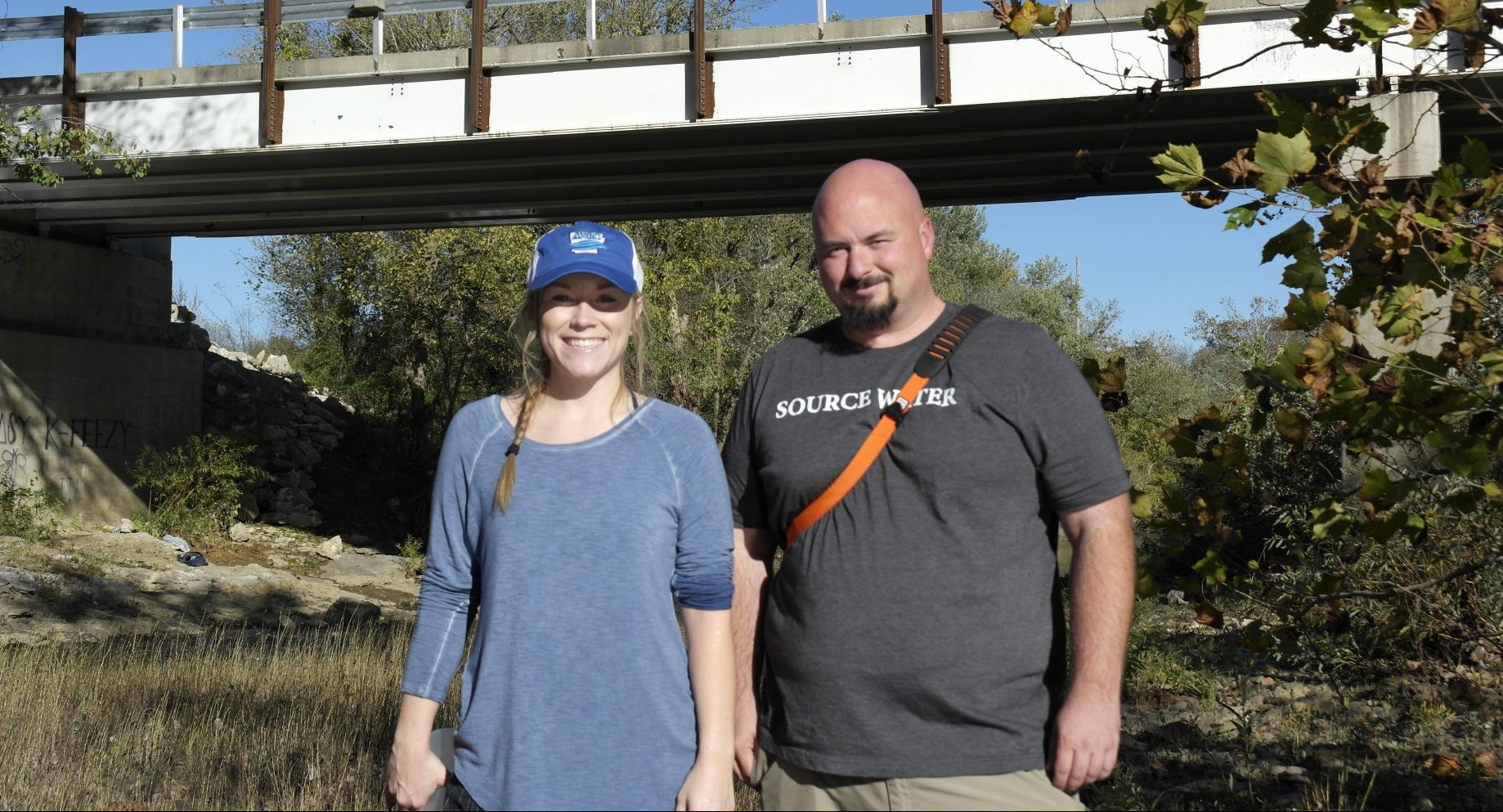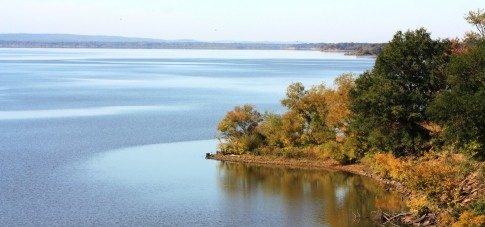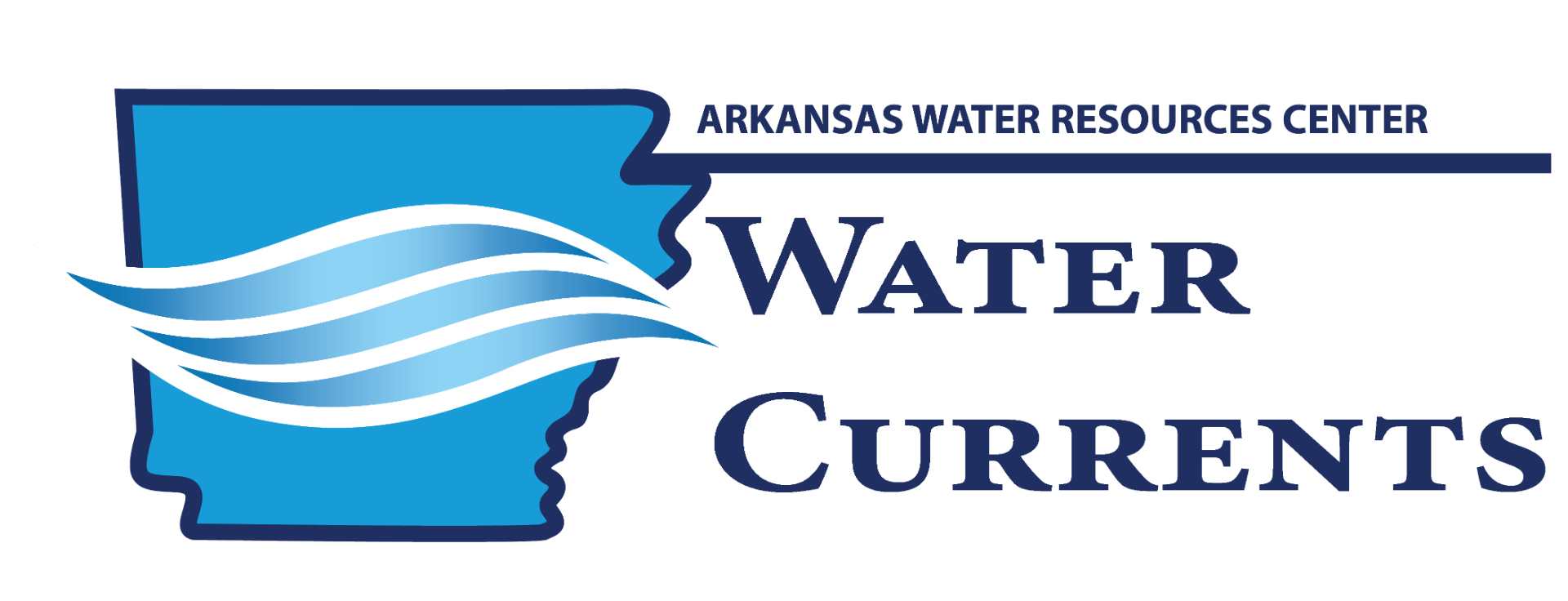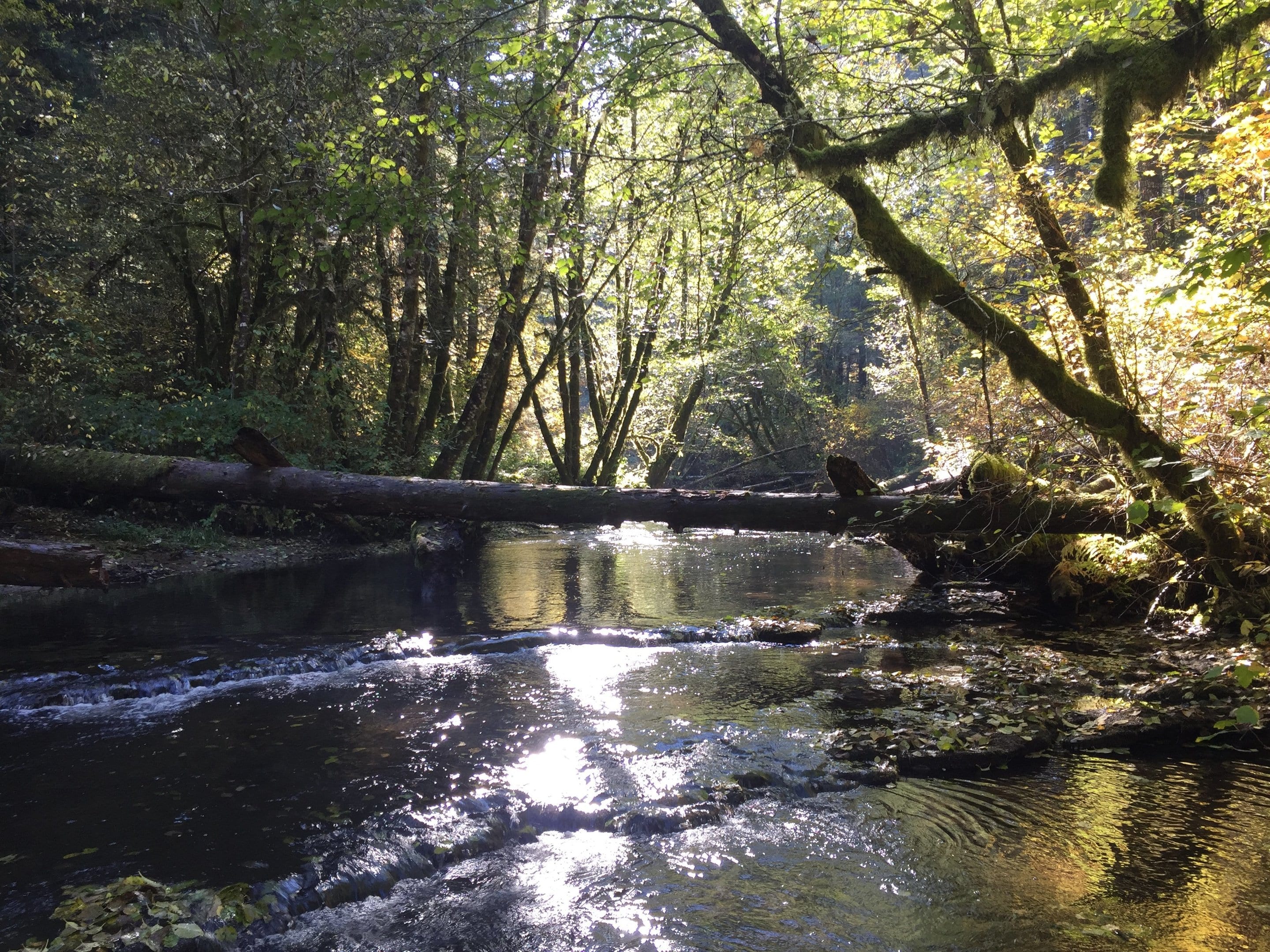
AWRC Receives $400,000 for Water Quality in Transboundary Watershed

Brian Haggard, director of the Arkansas Water Resources Center (AWRC), received a three-year $400,000 grant from the Arkansas Natural Resources Commission (ANRC) 319 nonpoint source pollution program.
The purpose of the grant is to collect water samples from at least 13 sites in the Poteau River Watershed in Arkansas. That data will be used to estimate how much nutrients and sediments are being transported across the watershed and to look at how water quality is changing over time.
AWRC Monitoring Can Help Target and Measure Successes
The Poteau River Watershed is 1,889 square miles, which is a lot of area to think about managing for water quality. State and federal agencies spend a lot of money and resources on programs aimed at improving water quality. But, it seems like there’s never enough money to do it all, so agencies have to be selective about the projects they decide to fund.
Part of the goal of this project is to help pinpoint potentially problematic areas where agencies can focus resources for water quality improvements. Abbie Lasater, a PhD student with Brian Haggard, is going to collect over 900 water samples over the 3-year project. That will be enough data to help the State target and prioritize areas where best management practices can make the biggest difference.
The Poteau River Watershed project is not only going to help target priority areas, but also provides the foundation to look at how water quality changes (or doesn’t change) with these improvement efforts.
“It’s not quite enough to implement best management practices. We also have to have a way to measure the success of those activities and efforts,” says Tony Ramick, manager of the 319 program with ANRC.
About the Watershed
The Poteau River Watershed is trans-boundary, meaning part of it is in Arkansas where it originates in near Waldron, and part of it is in Oklahoma where it flows into the Arkansas River. But before it reaches the Arkansas River, it forms Lake Wister, a 6,300 acre reservoir in Oklahoma that supplies drinking water to 40,000 people in the Poteau Valley.

Lake Wister, Oklahoma.
The Poteau River Watershed has many water quality issues – it’s listed as impaired by the state of Arkansas, it’s an ANRC-designated priority watershed, and the Poteau River itself has multiple TMDLs. TMDL stands for total maximum daily load, and is the amount of a pollutant that a water body can handle while still attaining it’s designated uses, such as fishing or recreation. Nutrients, sediments, chloride and sulfate, and metals such as copper and zinc are the problem pollutants in the watershed.
Some of the sources of water quality problems stem from intensive agricultural activity and population growth leading to increasing urban areas. In 2012 alone, over 350 poultry farms produced over 90 million birds, and that’s just on the Arkansas side.
“We picked the sample sites because they span a range of land use types, like urban, forest, and agriculture,” says Abbie. “It will be interesting to see how the concentration of nutrients and sediments vary over time and with different types of land use.”
Picture above: Abbie Lasater and Dr. Brad Austin collect stream samples.















